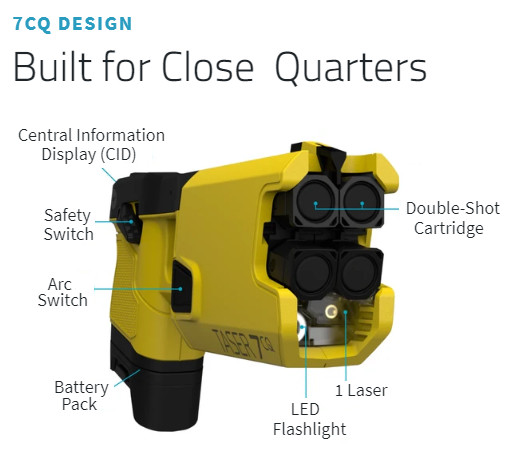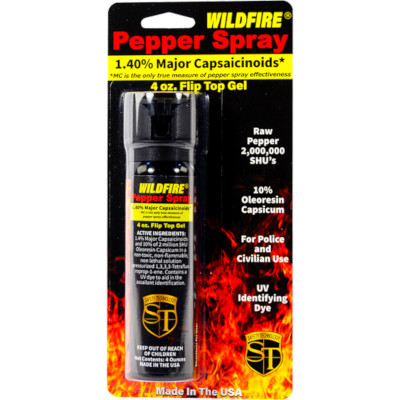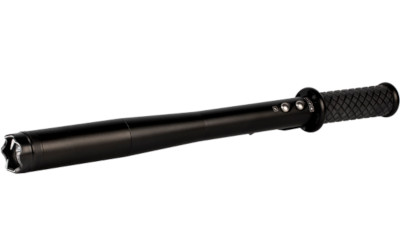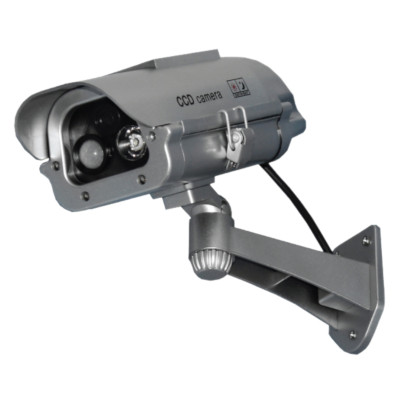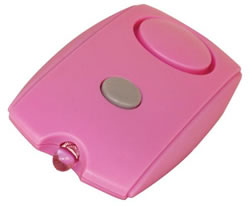9 Best Non-Lethal Home Defense Weapons

Keeping your home and family safe is a top priority. While firearms are often considered for home defense, they come with significant risks, including accidental discharge, legal concerns, and potential misuse. Fortunately, there are effective non-lethal home defense solutions that can help protect your household without the dangers of firearms.
Effective Self-Defense Solutions to Keep Your Home Safe Without Firearms
In this guide, we’ll explore nine of the best non-lethal devices and strategies for securing your home. These tools provide reliable protection while minimizing risks, ensuring that you and your loved ones stay safe.
1. TASER Weapons & Stun Guns
TASER weapons are among the most powerful non-lethal self-defense tools available. They deliver an incapacitating electric shock that can stop an intruder in their tracks without causing permanent harm.
-
TASER Devices: Unlike stun guns, TASERs shoot barbed probes up to 15 feet, allowing you to keep a safe distance from an attacker.
-
Stun Guns: Require direct contact but deliver an immediate and powerful electric charge.
-
Disguised Stun Guns: Compact models, such as lipstick stun guns, offer a concealed yet effective defense option.
Related Product: Shop Stun Guns & TASER Devices
2. Pepper Spray & Wildfire Defense Sprays
Pepper spray is a simple yet highly effective non-lethal home defense tool. It causes temporary blindness, breathing difficulties, and intense burning sensations, giving you time to escape or call for help.
-
Key Benefits:
-
Works from a safe distance (6-15 feet depending on the model).
-
Non-lethal but highly effective at incapacitating threats.
-
Easy to carry and store around your home.
-
Related Product: Explore Pepper Sprays
3. Stun Batons
Stun batons combine the power of a stun gun with the reach of a baton, making them an excellent home defense alternative to firearms.
-
Key Features:
-
Provides shock and impact defense in one tool.
-
Many models include a built-in LED flashlight to disorient attackers.
-
Ideal for deterring aggressive intruders.
-
Related Product: Check Out Stun Batons
4. Smart Dummy Cameras
Deterrence is the first line of defense. Smart dummy cameras look identical to high-end security cameras and scare away potential burglars.
-
Why Use Dummy Cameras?
-
Affordable: Costing as little as $20, they offer a cheap but effective crime deterrent.
-
Realistic Design: Many include blinking LEDs and motion sensors.
-
Pairs Well with Hidden Cameras: Use real cameras strategically and supplement with dummies.
-
Related Product: Browse Surveillance Equipment
5. Home Alarm Systems
Security alarms are essential for home protection They can deter intruders and instantly alert homeowners or law enforcement.
-
Options Include:
-
Wireless alarms for doors and windows.
-
Motion-activated alarms with loud sirens.
-
Doorstops and doorknob alarms for apartments, dorms, and homes.
-
Related Product: Find Home Security Alarms
6. Personal Alarms
Personal alarms provide an additional layer of home security, especially for family members who may not be comfortable using weapons.
-
Key Features:
-
Small and lightweight—ideal for children, elderly family members, and college students.
-
Emits a loud siren to alert neighbors and scare away intruders.
-
Can be attached to keys, backpacks, or nightstands for quick access.
-
Related Product: Shop Personal Alarms
7. Hidden Cameras
Unlike dummy cameras, hidden cameras provide real-time monitoring and evidence collection in case of a break-in.
-
Types of Hidden Cameras:
-
Wearable cameras (e.g., glasses with built-in recording).
-
Wall-mounted or disguised cameras (such as a clock or USB charger).
-
360-degree surveillance cameras for full-room monitoring.
-
Related Product: View Hidden Cameras
8. Self-Defense Training
Even with the best home security gadgets, personal readiness is crucial. Martial arts and self-defense training can help you react effectively in an emergency.
-
Focus on techniques that help you:
-
Disarm an attacker instead of engaging in direct combat.
-
Use your surroundings (such as household objects) as defensive tools.
-
Stay calm and assess danger quickly.
-
Tip: Pair self-defense training with non-lethal tools for maximum security.
9. Safety Networks & Neighborhood Watch Programs
A strong community can be one of the most effective home defense tools. Criminals avoid neighborhoods where residents look out for each other
-
Ways to Improve Community Safety:
-
Join or start a neighborhood watch program.
-
Install shared security systems in common areas.
-
Communicate with neighbors about suspicious activity.
-
Tip: Stronger communities mean stronger home defense—build connections with your neighbors.
Final Thoughts: The Best Non-Lethal Home Defense Solutions
Protecting your home doesn’t require lethal force. With the right combination of non-lethal weapons, security systems, and preventative measures, you can create a safe and secure environment for your family.
Whether you choose stun guns, pepper spray, security alarms, or self-defense training, the key is to stay prepared and proactive.
Explore TBOTECH’s full range of self-defense and home security products today! Shop Now
What’s Next?
✅ Have questions about home defense? Drop a comment below!
✅ Looking for more safety tips? Check out our blog for expert insights.
Add your comment now!
Post CommentRecent posts
-
04/25/2025Safety Tips for Remote Workers
-
04/25/2025Self-Defense Tips for Runners
-
04/25/2025Best TASER Device for Personal Protection

